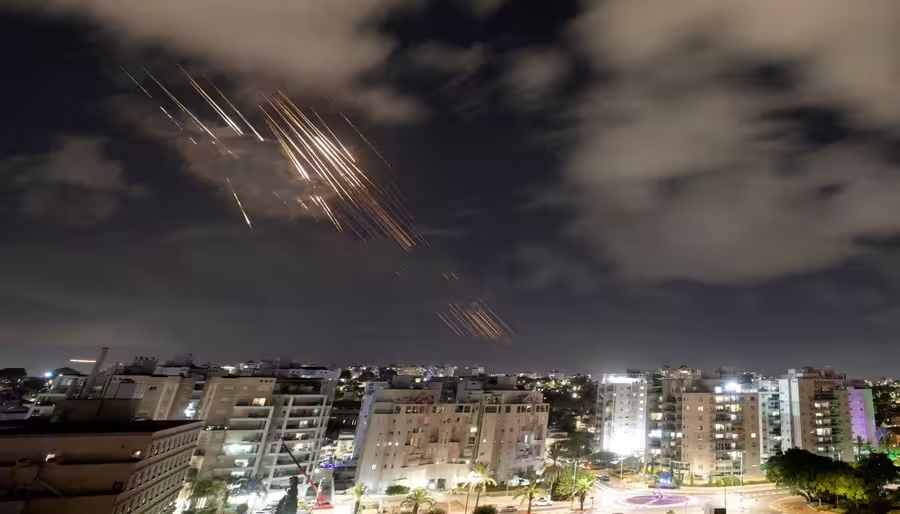
More than 180 missiles were launched at Israel by a mortal enemy of the United States and Israel – Iran.
Although the damage was limited to light shrapnel injuries, this attack is a hazardous move in the war-ridden region.
This was in response to Israel’s latest incursion into Lebanon to remove “Hezbollah terror targets.” Israeli state actors comment that the incursion is not intended to be long-term and is in defiance to US pressure to end hostilities with Hezbollah. More than 1000 have died and 1 million Lebanese have been forced to relocate.
Hezbollah still struggles to replace its chief Hassan Nasrallah, who was assassinated by Israel. However, their resolve to Palestine seems even stronger, as support grows for the cause.
Secretary General Antonio Gutierres of the United Nations condemns the escalation, calling for an immediate ceasefire.
Majority of the missiles were intercepted by Israel and the United States, but it’s enough for the US to send three F-16 Fighting Falcon squadrons, along with F-15E Strike Eagle and A-10 Warthog/Thunderbolt aircraft, although growing support for Palestinian humanity grows within the US.
According to Pew Research Center, around a third of young adult Americans sympathize with the Palestinian cause, while only around 14% identify with the Israelis. With around 55.1% of the American population comprising adults aged 18-64, this actually represents a significant percentage of their population, reflecting a broader trend within the US that veers away from conventional thinking.
However, the United States government continues its aiding of Israel, as it not only sent fighter aircraft and other weaponry to the state, but it also has taken leadership within the coalition of Israel and its other western allies against Palestine.
Contrastingly, the United States Department of State has actually provided $674 million USD as “lifesaving humanitarian aid to support the Palestinian civilians in Gaza [and] the West Bank.” They claim to be the largest state donor to Palestine, with most of their donations going to the United Nations Relief and Works Agency for Palestine, or UNRWA. Other western nations, such as the United Kingdom and Germany, are runners-up for donating the most funding.
However, a figure as high as $674 million USD seems measly compared to how much money the United States has donated to Israel for military funding: around $17.9 billion USD.
Although geographically sequestered from the conflict, the United States seems to have one of the biggest hands in the pot as the conflict turns from regional into proxy. The entrance of Iran into the war means that the United States and Russia are able to intensify their rivalry into a concentrated turf: Gaza.
Iran received Russian Sukhoi Su-35 Flanker-E/M fighter jets and Mil Mi-28 Havoc attack helicopters from Russia. This has technological significance, as they are counterparts to American F-16 Fighting Falcons, which are also supermaneuverable and intended for air superiority. Moreover, Mil Mi-28 Havoc is a rival of the infamous Boeing AH-64 Apache, reflecting an attitude within the Iranians that they are preparing to defeat American technology directly.
The war likely won’t metastasize, as it isn’t in Israel, the United States, Iran, nor Russia’s interest to cause a global war, as this would have destructive consequences for residents of these superpowers that are far away from this regional proxy conflict, causing widespread backlash from their residents.
However, it is probable the conflict will go on for the foreseeable future, as the United States and Russia attempt to assert influence in the region, and as Israel continues its genocide on the Palestinian people to achieve total domination.
Written by Eshan Korat


